Simple Machine Chapter Notes | Eureka Plus Class 5: Book Solutions, Notes & Worksheets PDF Download
| Table of contents |

|
| Introduction |

|
| When is Work Done? |

|
| Machines |

|
| What are Complex Machines? |

|
| Inclined Plane |

|
| Wheel and Axle |

|
| Pulleys |

|
| Levers |

|
Introduction
Push and Pull are types of forces. A force can move an object, stop a moving object, or change the direction of a moving object. When a force is applied, energy is used. Energy is the ability to do work.
A push or a pull is a force. Force can
- move an object,
- stop a moving object
- change the direction of a moving object
Whenever force is applied, energy is used. Energy is the ability to do work.
When is Work Done?
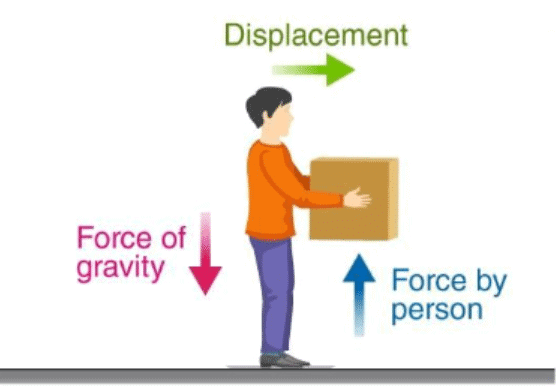
Work is considered done when an object moves as a result of applied force. For example, when you run or walk, you are moving and thus doing work. However, if you are standing or sitting still, you are not doing any work. Similarly, if force is applied to an object but it does not move, then no work is done.
Machines
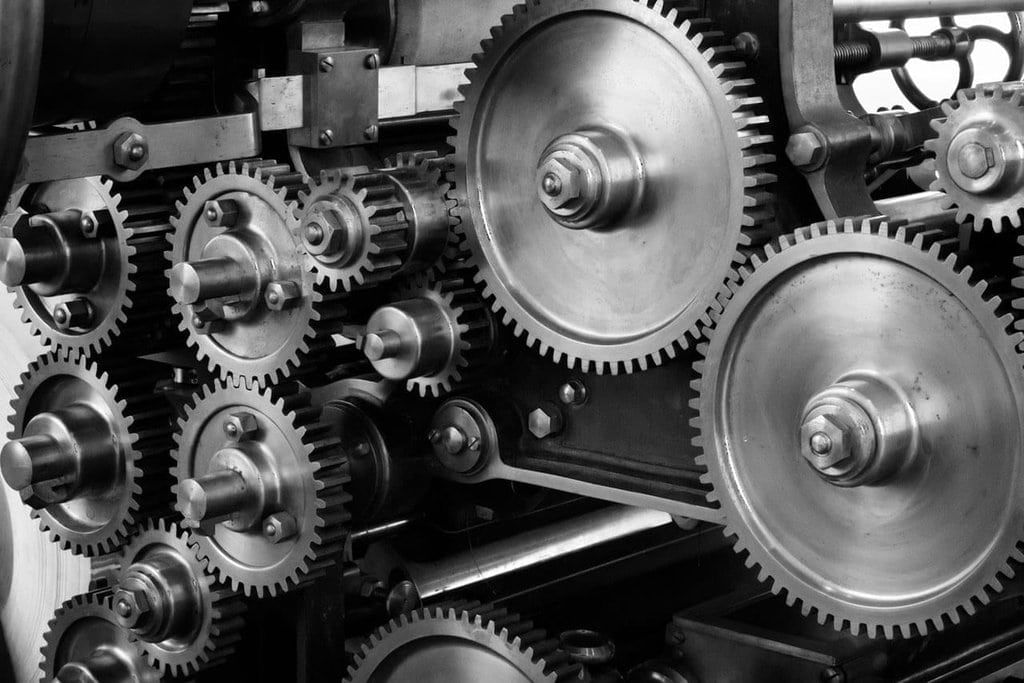
A machine is an appliance that makes work easier. There are two types of machines: simple machines and complex machines.
Simple Machines
Simple machines are tools that make our work easier. They help us to do tasks with less effort. For example, when we use a hammer to drive a nail into wood, the hammer does most of the hard work for us.
There are six types of simple machines:
- Inclined Plane
- Screw
- Wedge
- Wheel and Axle
- Pulley
- Lever
A machine is often thought of as a big device with many moving parts, like a washing machine or a car. However, even a simple tool like a hammer is considered a machine because it helps us do work more easily.
What are Complex Machines?
A complex machine is made up of two or more simple machines working together. Examples include:
- Washing Machines
- Cars
- Bicycles
These machines have many parts that all work together to make tasks easier for us.
Inclined Plane
An inclined plane is a sloping surface that connects a lower level to a higher level, making it easier to move things upward. For instance, pushing a heavy log of wood up a gentle slope requires less effort than pushing it up a steep incline.
Examples of inclined planes include:
- Ramps
- Staircases
- Slides
- Escalators
- Ladders
Screw - An Inclined Plane
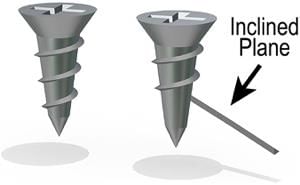
A screw has many grooves, which are like a winding road on a hill. Each turn of a groove is a tiny inclined plane. These grooves help move the screw through wood with less effort and provide a better grip. That's why it's not easy to pull a screw out of wood.
Wedge - An Inclined Plane
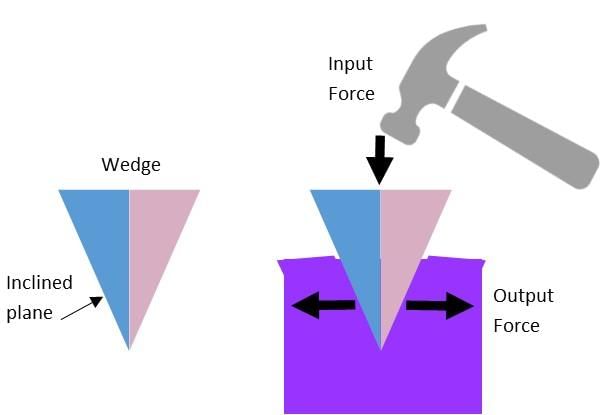
A wedge is also a type of inclined plane. It has at least one slanting side that forms a sharp edge. Wedges are probably one of the oldest tools used by humans. Examples of wedges include:
- Needle: Used for sewing.
- Pin: Used to hold things together.
- Spear: Used for hunting. In the past, spears were commonly used to hunt animals.
- Axe: The blade of an axe is a wedge used to split wood.
- Knife: Used for cutting.
All these tools have sharp, slanting edges, which are examples of inclined planes.
Wheel and Axle
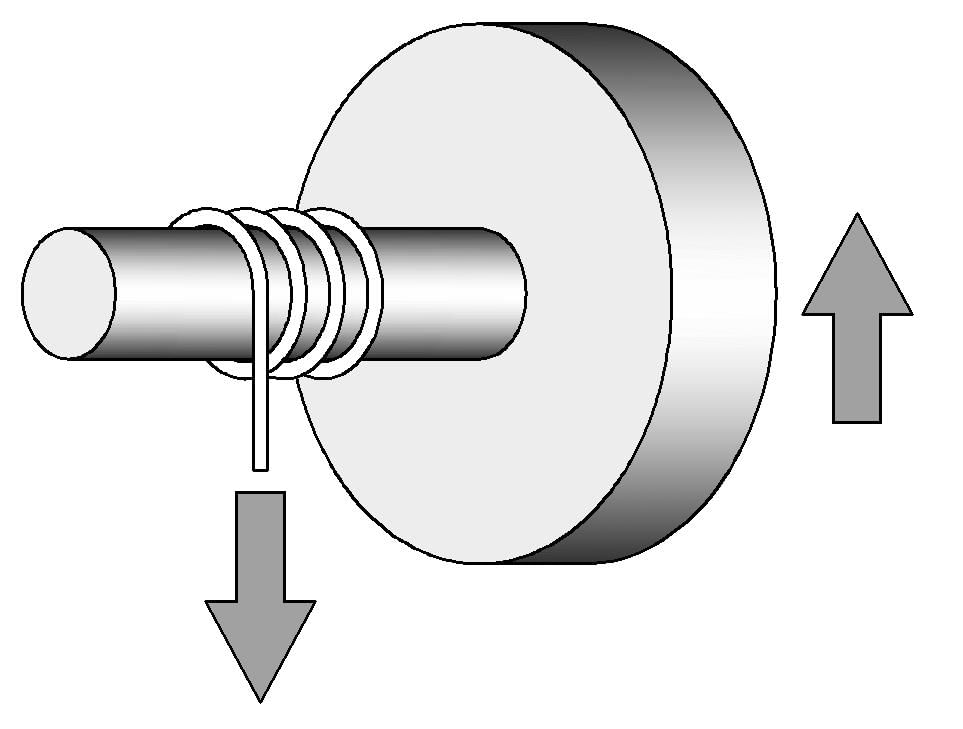
- The wheel and axle form a simple machine where a rod at the center of a wheel is called an axle, and together they are known as the wheel and axle. They move together, with one driving the other. A wheel cannot function as a machine without an axle. This mechanism allows for the movement and carrying of loads with less effort, making it useful for transporting heavy objects and initiating motion.
- Wheel and axles are found in all kinds of vehicles, as well as in appliances like fans, mixer-grinders, washing machines, and in devices like the steering wheel of a car or bus. Even tools like a screwdriver and the knob of a tap are examples of the wheel and axle mechanism. Most complex machines include the wheel and axle as one of their components.
Pulleys
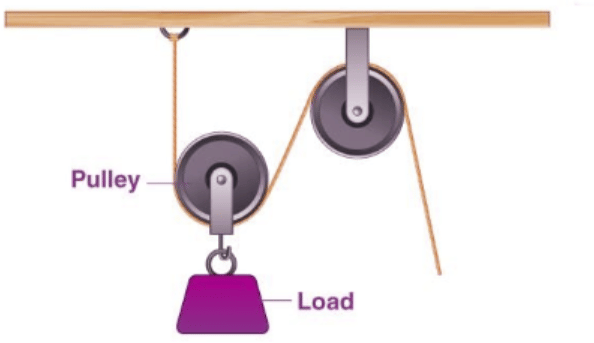
A pulley consists of a wheel with a groove around its circumference, through which a rope or cable is threaded. This simple machine is used to change the direction of the force applied. When the rope is pulled downward, the load is lifted upward. Pulling the rope downward is easier, which makes lifting the load simpler.
Uses of Pulleys
- Water Retrieval: Pulleys are commonly used to fetch water from wells.
- Heavy Lifting: When two pulleys are connected with the same cable, they assist in lifting or lowering heavy loads with minimal effort.
- Cranes: Cranes operate using multiple pulleys, allowing them to shift extremely heavy objects.
Levers
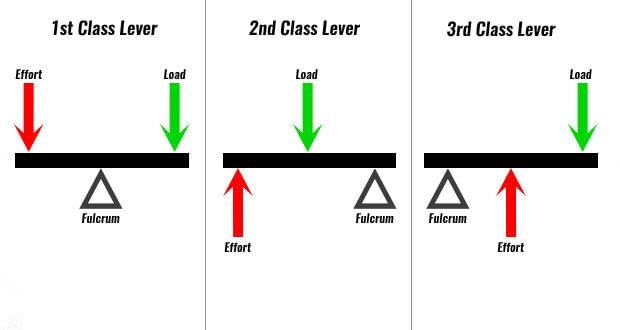
A lever is a bar that can be moved around a fixed point called the fulcrum. When you use a spoon to open the lid of a container, the spoon acts like a lever.
Components of a Lever
- Fulcrum: The point that supports the lever (bar).
- Load: The part of the lever that carries the load.
- Effort: The part of the lever where force is applied.
Types of Levers
- First Class Lever: The fulcrum is between the load and the effort.
- Second Class Lever: The load is between the fulcrum and the effort.
- Third Class Lever: The effort is between the fulcrum and the load.
Types of Levers
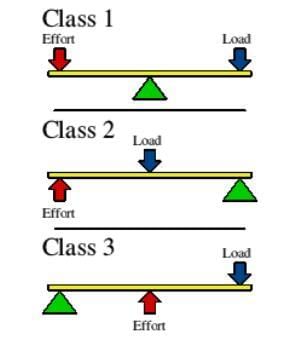
First Class Lever
- In a first class lever, the fulcrum is positioned between the load and the effort.
- For example, when using a spoon to open a tin lid, the spoon acts as a first class lever. Here, the tin lid is the load, the rim of the tin serves as the fulcrum, and effort is applied at the other end of the spoon.
- Other examples of first class levers include a pair of scissors, a seesaw, and a pair of pliers.
Second Class Lever
- In a second class lever, the load is positioned between the fulcrum and the effort.
- A bottle opener is a common example of a second class lever. In this case, the load is the bottle cap, the fulcrum is at one end of the opener, and effort is applied at the other end. When the handle is pulled upward, the cap is pushed open.
- Other examples of second class levers include a nutcracker, a lemon squeezer, and a wheelbarrow.
Third Class Lever
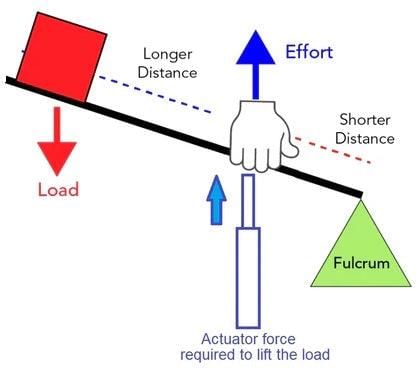
In a third class lever, the effort is positioned between the fulcrum and the load. This means that the effort required to lift the load is always greater than the load itself. Common examples of third class levers include a pair of tweezers and tongs.
- In a pair of tongs, the load is the object being picked up, the fulcrum is the joint that connects the two arms of the tongs, and the effort is applied in the middle. When the arms are pressed together, they grip the object, allowing it to be lifted.




















